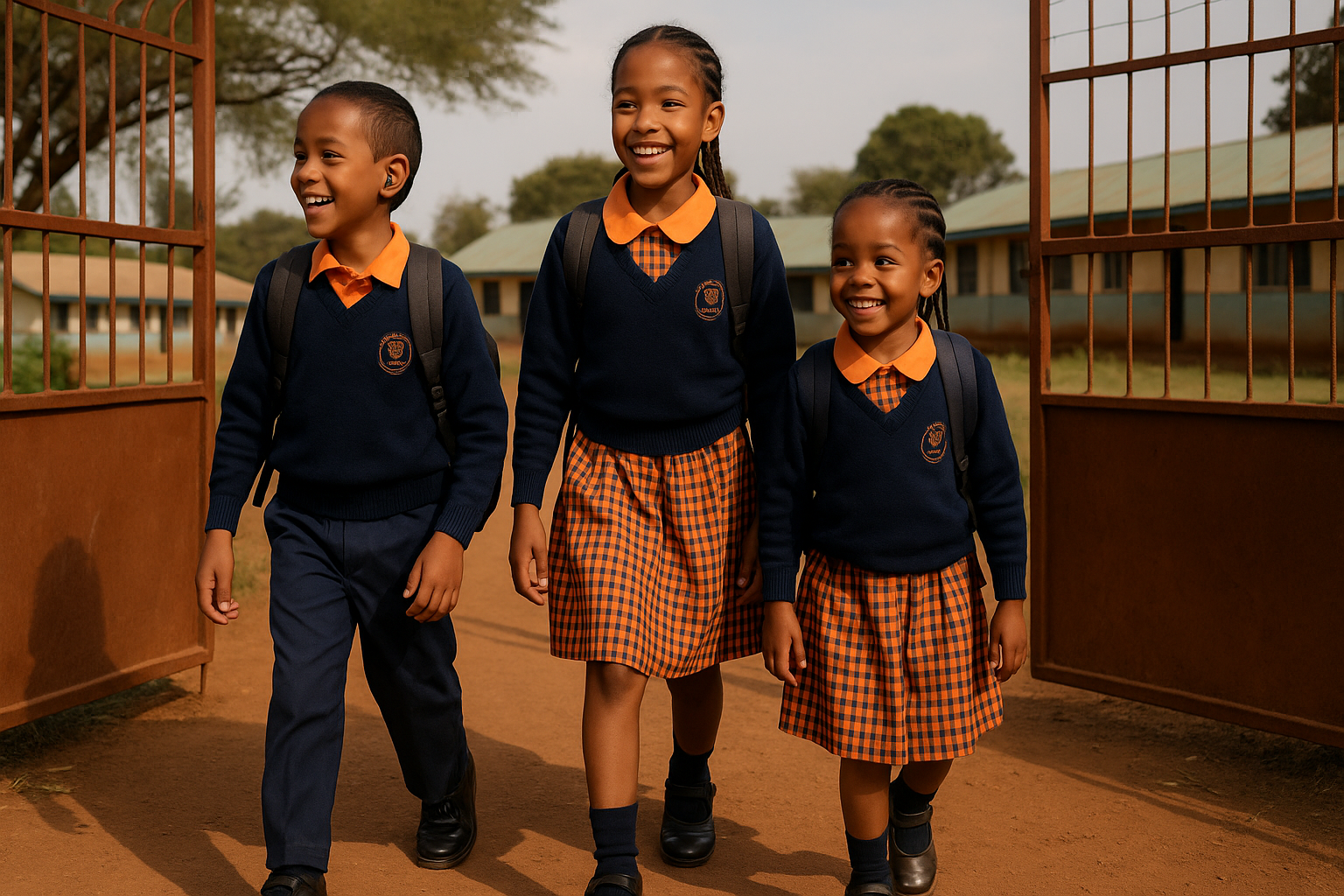In Kiambu, Kenya, the birth of a child is a momentous occasion. Families gather to share steaming plates of mukimo, smoky nyama choma on the grill, sing ancestral songs, and offer ululations: four for a girl, five for a boy. Each cry carries a blessing and a promise of legacy. For many African families, a son is not just a child but a custodian of tradition, entrusted with carrying the family name forward.
When my son, Mark, was born, I was swept away by that same wave of joy and hope. Surrounded by loved ones, I dreamed of his milestones, his laughter, and his future. Little did I know that his journey would challenge everything I thought I knew about parenting, education, and inclusion.
A Life-Altering Diagnosis: The Silence That Spoke Volumes
At three years old, Mark survived a severe meningitis infection. One evening, he chased fireflies in our garden. Next, bright hospital lights, beeping monitors, and whispered prayers filled our lives. Thirty days later, we brought him home alive, but meningitis had stolen his hearing and mobility. Our once vibrant home grew eerily quiet. Songs, bedtime stories, and chatter faded into a silence he could not hear.
For nearly two years, I clung to hope that his hearing might return. I scoured online forums for answers, holding on to any glimmer of improvement. Meanwhile, we navigated a whirlwind of therapies and evaluations:
- Auditory assessments to understand his hearing loss and explore treatment options
- Physiotherapy and play to strengthen balance and support his growth
- Parent networks where we shared stories of heartbreak, hope, and small triumphs
Searching for a Place to Belong
Before age five, we longed for Mark to join preschool like any other child. We hoped he would learn, play, and connect. A visit to the Education Assessment and Resource Centre (EARC) confirmed what we feared. There was no Deaf unit in our subcounty. Deaf schools accepted only children over five, and only for boarding. We were advised to seek private or public preschools while we waited.
We made a concerted effort to find the right school for Mark. Initially, some schools welcomed us, but they later revoked their offers upon discovering that Mark is Deaf. They explained that their facilities were not equipped to accommodate him and suggested we look for a school specifically for students with disabilities instead.
One school did accept him, and I still remember the pride on Mark’s face as he left with his sisters that first morning. Unfortunately, just three days later, I received a call notifying me, “We can’t handle him. Please find another school.” The heartache of having to tell Mark that he couldn’t return was overwhelming. That day, I decided to become his teacher until he was ready to attend a school for the Deaf.
Standing at the Crossroads
When Mark was five years old, we faced a tough decision. Local mainstream schools did not provide any support for sign language, and nearby special units offered only limited instruction in Kenyan Sign Language (KSL). The only option for comprehensive KSL immersion was a special school for the Deaf, which was located far from our home. This meant that he would either need to board at the school or endure long bus rides that would keep him away from his family.
We weighed the importance of belonging against the challenge of distance, and inclusion against separation. In the end, we settled on the special school for the deaf. Though far, it provided Mark with access to fluent signers, Deaf friends, and teaching that met his specific needs. Although saying goodbye was difficult, witnessing his growing confidence confirmed that we had made the right decision at that time.
Finding Our Way Home
Once Mark had acquired enough sign language and confidence, we moved him to an integrated school that combined mainstream classes and a special unit for Deaf learners. This arrangement allowed all our children to attend the same school and thrive together.
That decision began when his sisters asked, “Why can’t we go to the same school?” Their question reminded us that inclusion is about family as much as it is about learning. We relocated near a school offering this kind of inclusive environment. The change felt like a reunion. Watching our children walk through the same gate each morning filled us with joy.
Lighting the Way Forward
Our journey is shared by countless families across Kenya and beyond. Parents of children with disabilities face impossible choices every day as they balance work, home, therapies, and the search for accessible and inclusive programs.
Kenya’s Constitution, the Basic Education Act, the Kenya Disability Act of 2025, and our commitments under the Convention on the Rights of Persons with Disabilities (CRPD) all promote inclusive education. The Sector Policy for Learners and Trainees with Disabilities (2018) outlines a clear framework for achieving this goal. However, for many families, these promises have yet to be realized.
We must turn these commitments into action by:
- Expanding accessible preschools that provide early interventions and inclusive learning from the start.
- Invest in local day schools with trained, sign-fluent Special Needs Education teachers so children can learn near home.
- Enhance community-based support systems that help keep families united and ensure children thrive.
To fellow parents: You are not alone. Every milestone, every new sign, every small victory is worth celebrating. Your love builds the future.
To policymakers: The time for action is now. Let us deliver the inclusive education our laws, policies, and commitments demand.
Let us build an inclusive Kenya, where every child belongs, learns, and thrives. The time for action is now.
